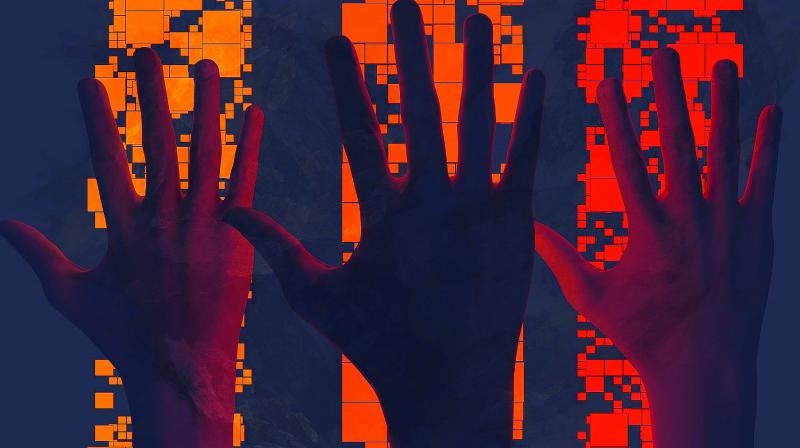Surface study: Understanding the limits of skin
Our predictive tool could be employed to quantify the extent to which tissue should be safely stretched.

I run the Biological Soft Matter Mechanics laboratory in the Department of Bio-medical Engineering at Binghamton University; in upstate New York. My lab focuses on controlling the mechanics and function of soft biological tissues; in particular tissue barriers such as skin. Our primary goal is to develop physical insight into these complex biological materials by understanding their inherent physical and mechanical properties across a wide range of length-scales.
The body contains many tissue layers that sit at interfaces. Epidermal skin tissue, endothelial tissue lining blood vessels and bronchial epithelial tissue lining the respiratory tract all play vital roles as semi-selective barriers that enable the transmission of essential compounds across the barrier, whilst preventing the passage of harmful pathogens. When these barriers become compromised they can lose mechanical integrity. Currently, my lab’s research is focused on the skin barrier. Ageing, environmental conditions, dry skin disorders or aggressive cleansing can all cause skin to crack or chap. From an engineering perspective, skin cracking is a result of physical tissue rupture. Once ruptured, external pathogens can enter and cause infections.
Recent research, by my graduate student, Xue Liu, has explored the physical limits of the outer layer of epidermis. Unlike photos of models that show smooth skin free of imperfections, this tissue layer exhibits small triangular-shaped patterns of grooves. These are easily recognisable on the back of one's hand. When skin is stretched, these features cause non-uniform skin deformations, which ultimately can be measured and used to predict where skin will fracture first. The work also discovered that when cracks are formed, they propagate along these triangular grooves. Skin expansion procedures use subdermal inflatable balloons to stretch skin, causing it to grow. This tissue can then be grafted elsewhere on the body where the skin is needed. Skin grafting is commonly used for patients with burns. Our predictive tool could be used to quantify the extent to which tissue should be safely stretched during tissue expansion without it breaking.
This research forms only one part of the ongoing research effort in my lab. Other research areas are focused on understanding factors that can cause degradation of skin structural integrity. The skin barrier is a complex system that is exposed to extreme environments and cosmetic products. These factors can cause a variety of skin conditions such as xerosis, occupational dermatitis, nappy rash and eczema. The causes of these disorders are unclear and we are trying to understand mechanisms behind their onset. Surfactants contained in cosmetics, for instance, can deplete lipids present in your skin. This depletion can result in brittle skin more susceptible to cracking. Lipid depletion has also been linked with changes in the commensal skin microbiome; a diverse range of microorganisms that live on your skin. Some of these microorganisms are non-harmful or even beneficial. Some however can be pathogenic. Atopic dermatitis is associated with a prevalence of Staphylococcus Aureus bacteria on the skin; an opportunistic pathogen. One area we are exploring is whether this bacteria is the cause, or merely the result of the disease.

